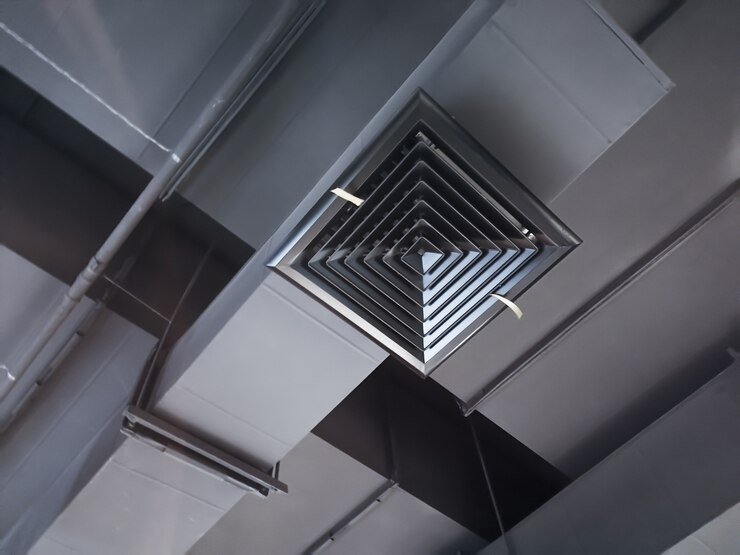Vents are an integral part of any building, ensuring proper air circulation and maintaining indoor air quality. While they often go unnoticed, their role in creating comfortable and healthy living and working environments is crucial. From residential homes to commercial complexes, vents are designed to regulate airflow, manage temperature, and reduce moisture levels. This article delves into the importance of vents, their types, and how they contribute to the functionality and efficiency of modern spaces.
The Purpose of Vents in Building Design
The primary purpose of vents is to facilitate the exchange of air between indoor and outdoor spaces. This exchange is vital for maintaining a fresh and breathable environment. Without proper ventilation, indoor spaces can become stuffy, trap pollutants, and accumulate moisture, leading to issues like mold growth and health risks.
Vents also play a significant role in temperature regulation. By allowing warm air to escape during the summer and retaining heat during the winter, they contribute to energy efficiency. Furthermore, help reduce the strain on HVAC systems by distributing air evenly across different areas of a building.
Types of Vents and Their Functions
There are several types of vents, each serving a specific purpose. Understanding these categories can help in selecting the right ventilation solution for a given space:
- Supply Vents: These vents deliver conditioned air from the HVAC system into a room. They are usually equipped with adjustable grilles to control the airflow direction and intensity.
- Return Vents: Located on walls or ceilings, return pull air from the room back into the HVAC system for recycling. This process ensures a consistent flow of air throughout the space.
- Exhaust Vents: Commonly found in kitchens and bathrooms, exhaust remove stale air, odors, and excess moisture. They help prevent the buildup of harmful pollutants and maintain a hygienic environment.
- Roof Vents: These vents are installed on rooftops to allow hot air to escape from the attic, reducing heat buildup and preventing structural damage caused by excessive moisture.
- Foundation Vents: Used in crawl spaces, foundation prevent moisture accumulation and enhance airflow, protecting the building’s structural integrity.
The Role of Vents in Energy Efficiency

Properly designed and maintained vents contribute significantly to a building’s energy efficiency. By facilitating natural airflow and supporting HVAC systems, they reduce the reliance on artificial cooling and heating. This leads to lower energy bills and a smaller carbon footprint.
Advanced vent designs, such as those with automated controls and smart technology, take energy efficiency to the next level. These systems can adjust airflow based on real-time conditions, ensuring optimal performance while minimizing energy wastage.
Common Challenges and Solutions
Despite their benefits, vents can sometimes pose challenges. Blockages caused by dust, debris, or pests can impede airflow, leading to reduced efficiency and higher energy costs. Regular cleaning and maintenance are essential to address these issues.
Another common problem is improper vent placement. Poorly positioned can create uneven airflow, resulting in hot or cold spots within a space. Consulting with professionals during the design phase can help avoid such issues and ensure maximum effectiveness.
Choosing the Right Vents for Your Space
Selecting the appropriate vents depends on factors such as building size, climate, and specific ventilation needs. For instance, homes in humid regions may benefit from dehumidifying while commercial kitchens require high-capacity exhaust vents to handle heavy cooking loads.
When choosing, consider their material, design, and compatibility with existing systems. High-quality made from durable materials ensure long-term performance and minimal maintenance requirements.
Conclusion
Vents may not always be in the spotlight, but their impact on comfort, health, and energy efficiency is undeniable. As essential components of modern architecture, they contribute to creating spaces that are not only functional but also sustainable. Whether you’re constructing a new building or upgrading an existing one, investing in the right ventilation solutions can make all the difference.
